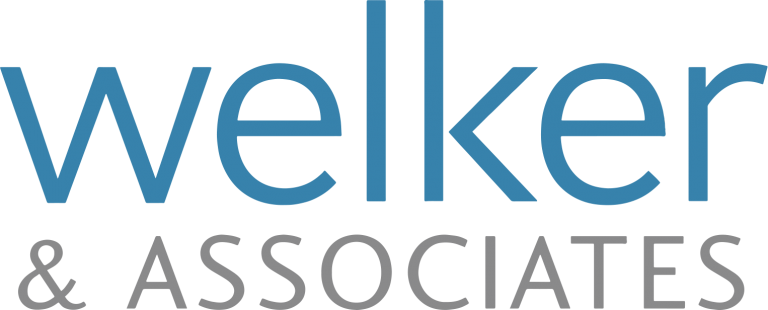For people who anticipate owing at tax time, it can be a very stressful time…especially if they are already in debt. It’s important to be aware of where you stand so that when tax time comes, you can be prepared. But for some people, it’s not that easy.
So, what happens if you don’t have enough money to pay your tax debt?
Revenue Canada will try to work with you by creating a payment plan to suit your budget. If you choose a payment plan, be aware that interest will be added to your outstanding balance. If you are unable to pay your taxes, Canada Revenue Agency (CRA) has the authority to register a lien against your house, car, or any other asset or property that might be in your name. CRA can also send a notice of attachment to your employer or your customers (if you’re self-employed) and garnish your income. They have the ability to garnish 100% of the self-employed income.
If you can’t pay, what are your options?
There are two legislated options in Canada to deal with tax debt – a consumer proposal or personal bankruptcy. The filing of personal bankruptcy or the making of a consumer proposal stops all collection action and the CRA cannot continue to enforce any enhanced garnishment provisions.
However, if the CRA registers a lien upon the title of your property prior to your filing personal bankruptcy or your making a consumer proposal, the lien will survive.
Therefore, the sooner you can talk to a licensed trustee, the better, even if it’s just to go over possible options. If you would like to meet with one of our trustees for a free, no-obligation consultation, contact us today. We’re here to help.



